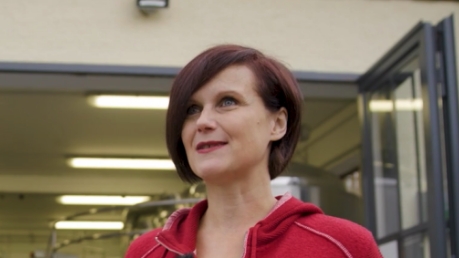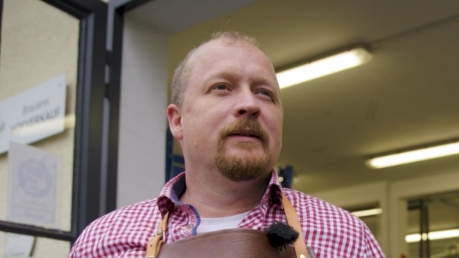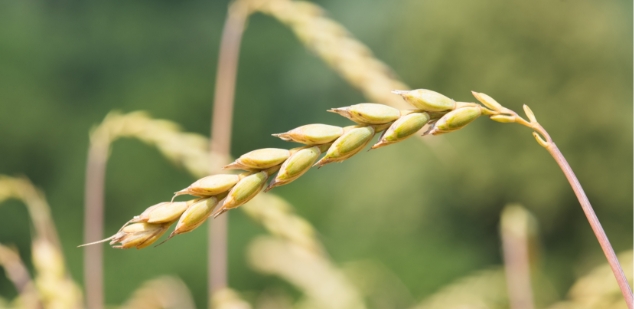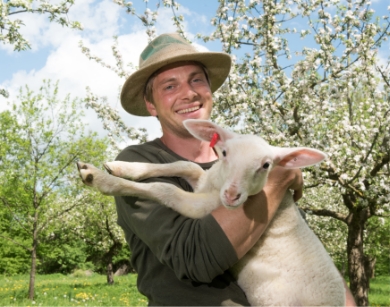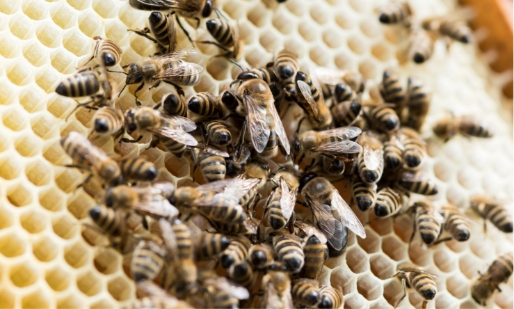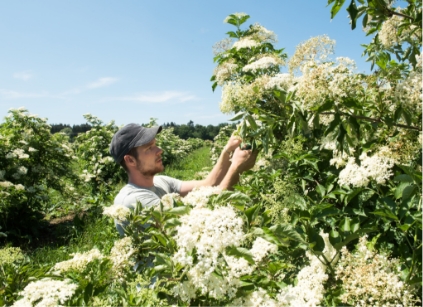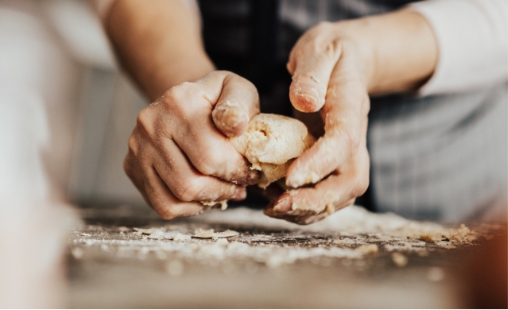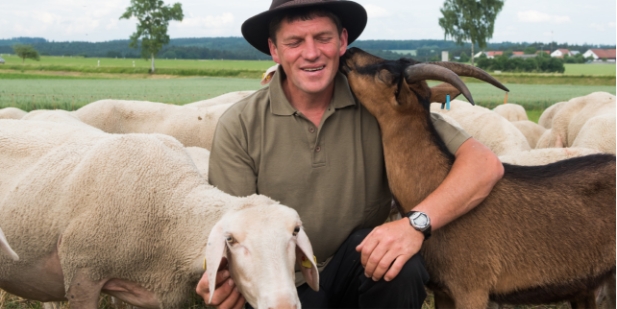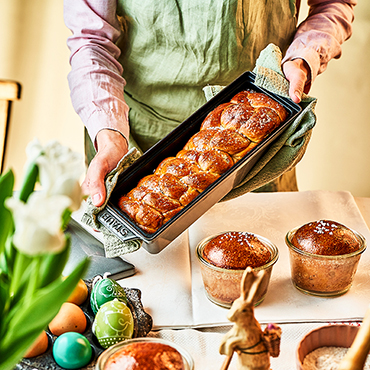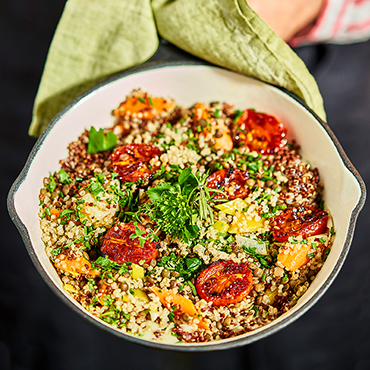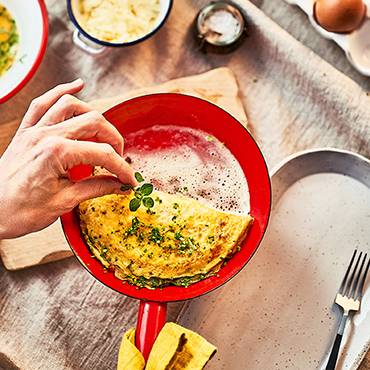
Mit dem Laden des Videos akzeptieren Sie die Datenschutzerklärung von Vimeo.
Mehr erfahren
Bio aus Bayern im Schnellcheck

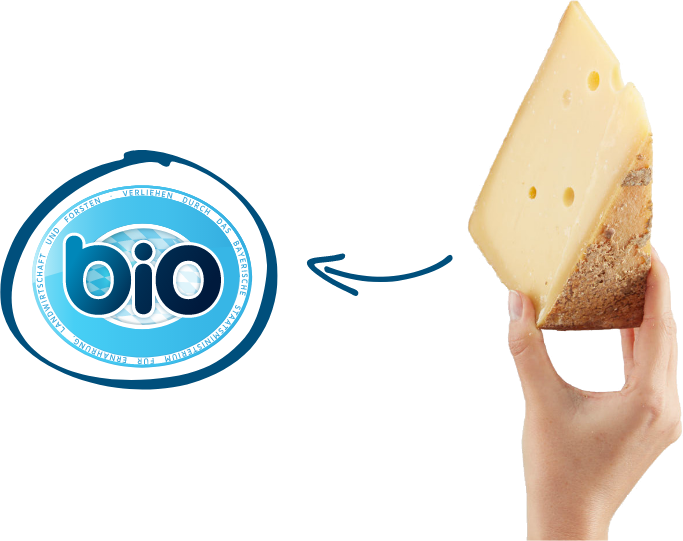
- Bio-Qualität über dem gesetzlichen Standard
- Nachvollziehbare Herkunft: Anbau, Ernte, Verarbeitung und Verpackung in Bayern
- Leistet einen Beitrag zum Umweltschutz
- Unterstützt die heimischen Bio-Bauern und Verarbeiter
- Eier, Nudeln, Honig, Kartoffeln, Milch, Salat, Fleisch… und noch viel mehr
- Gibt es in vielen Supermärkten, Biomärkten, bei Direktvermarktern und in der Gastronomie
- Staatlich streng überprüftes Kontrollsystem
Klare Antworten.
Was habe ich persönlich davon, regionale Produkte einzukaufen?
Auf den ersten Blick verändert sich dein tägliches Leben scheinbar nicht, wenn die Böden weniger mit Schadstoffen belastet sind oder es wieder mehr Schmetterlinge auf Feldwiesen gibt. Doch wir leben alle in einer einzigen gemeinsamen Welt, die jeder und jede von uns mit seinem und ihrem Handeln zum Positiven beeinflussen kann.
Mit jeder Entscheidung für ein Produkt mit dem Bayerischen Bio-Siegel unterstützt du die Menschen, die sich als Lebensmittelerzeuger und -verarbeiter dafür einsetzen, Natur und Umwelt zu schützen. Nicht irgendwo, sondern direkt vor unserer Haustür.
Du leistest also einen wichtigen Beitrag zu einigen der drängendsten Herausforderungen unserer Zeit, und hilfst mit, unsere – also auch deine ganz persönliche Zukunft und Lebensqualität – zu erhalten und zu verbessern. Und das ganz einfach beim Einkaufen.
„Öko und Bio“ kann doch jeder auf seine Verpackung schreiben, oder?
Ganz so einfach ist es zum Glück nicht. Zugegeben, es gibt inzwischen jede Menge Siegel, Label und „grüne“ Zertifikate mit den unterschiedlichsten Kriterien. Umso besser und wichtiger ist es, sich auf wirklich sichere Siegel verlassen zu können.
Jeder Betrieb, der Lebensmittel-Produkte mit dem Bayerischen Bio-Siegel auszeichnen will, muss sich einem dreistufigen, staatlichen Kontrollsystem unterziehen. Nur wer den hohen Anforderungen entspricht, bekommt das Siegel.
Außerdem gut zu wissen: Ein Hof oder Unternehmen bekommt nicht pauschal die Freigabe zur Nutzung des Bayerischen Bio-Siegels. Es müssen für jedes einzelne Produkt alle Qualitätsnachweise erbracht werden.
Wie soll der Kartoffelanbau die Bienen retten?
Landwirte, die sich für ihre Arbeit den strengen Prinzipien des ökologischen Landbaus verschrieben haben, sind mit ihrem Engagement echte Naturschützer. Unter anderem verzichten sie auf den Einsatz von chemischen Pflanzenschutzmitteln, was wiederum dem Boden guttut. Auch vielfältige Fruchtfolgen, ein hoher Anteil an Blütenpflanzen und noch einiges mehr machen die Felder lebendig.
Sie werden damit zu einem wertvollen und sehr wichtigen Lebensraum für Bienen und viele andere Insekten.
Geschichten von unseren
Öko-Betrieben.

Mit dem Laden des Videos akzeptieren Sie die Datenschutzerklärung von Vimeo.
Mehr erfahren
Münchnerkindl Senf
DIE ALLERFEINSTEN WURST-BEGLEITER
Ein Familienunternehmen in Fürstenfeldbruck kümmert sich schon seit 25 Jahren um die Senfproduktion aus biologischen, regionalen Zutaten. In jeder der vielen Senfsorten steckt die ganze Leidenschaft. Mit Lisana und Catalina Hartl ist nun schon die 4. Generation am Start, um den besten Bio-Senf zu vielen Schmankerln dazuzugeben.

Mit dem Laden des Videos akzeptieren Sie die Datenschutzerklärung von Vimeo.
Mehr erfahren
Biobäckerei Wagner
HANDWERkSVIELFALT VON KROSS BIS CREMIG
Von der Semmel über Brezen und Vollkornbrote bis hin zu Torten und Speiseeis – das alles wird in der familiengeführten Biobäckerei mit Stammsitz im niederbayerischen Ruderting hergestellt. Welche wichtige Bedeutung dabei die regionale Wertschöpfung spielt, erklären euch die Betreiber höchstpersönlich.

Mit dem Laden des Videos akzeptieren Sie die Datenschutzerklärung von Vimeo.
Mehr erfahren
Haderner Bräu
EIN PROSIT DER BIO-GEMÜTLICHKEIT
Die erste und einzige Bio-Brauerei in München stellt in ihrem Sudkessel verschiedene Biersorten her. Alle dafür nötigen Rohstoffe sind biozertifiziert und kommen aus Bayern. Welche Sorten das sind und wie stark der Familienbetrieb hinter seinem Konzept steht, verrät euch das Video.

Mit dem Laden des Videos akzeptieren Sie die Datenschutzerklärung von Vimeo.
Mehr erfahren
Ammersee Getränke
EINFACH MAL ÄPFEL MIT BIRNEN VERGLEICHEN
Biologischer Obstanbau ohne Schadstoffe und Pestizide? Integration von Klima- und Artenschutz in das landwirtschaftliche Konzept des Obstbauern? Dass und wie das möglich ist, beweist Timo Friesland mit seinem Team, zu dem übrigens auch eine friedliche Schafherde gehört.
Wer kümmert sich eigentlich …
wenn die Menschen
plötzlich einen Bio-Bierdurst
entwickeln?

Mit dem Laden des Videos akzeptieren Sie die Datenschutzerklärung von Vimeo.
Mehr erfahren
Lernt MARTA und THOMAS von HADERNER BRÄU kennen!
